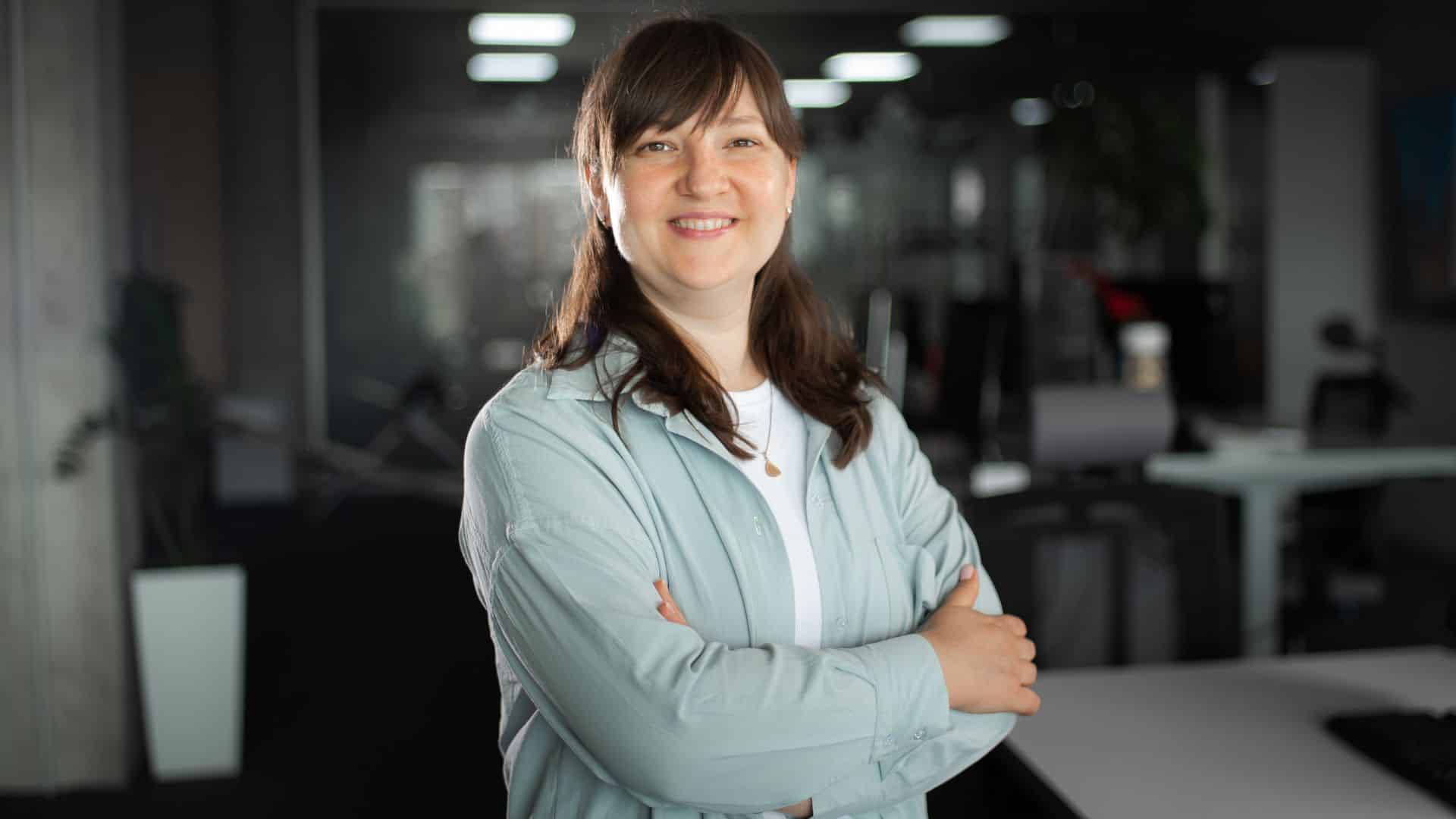What we’ve learnt even if we didn’t want to
1. July 2020
For the last few months, we, like all of our clients and business contacts, have had one imperative: “Deliver as usual despite.” Deliver as usual was relatively simple to define: “Keep a real-time overview and be in the driving seat at all times”. So we got to thinking: as long as we can fulfill this prerequisite, let’s see if we can become more productive than we were in our one desk one chair life.
The office as a common working space was, is and will remain the focus of our working lives. However, we’re now seeing the working day, week, month as comprising different tasks and looking at how to use location pragmatically to facilitate greater productivity.
Broadly, we see 3 different scenarios; each of which has its own demands.

Deep work
The biggest revelation, and one shared very widely, was the positive impact of deep work. When concentration is needed, being alone in your own bubble with no interruptions helps immensely. So why not do it out of choice rather than necessity. It has proven a straight productivity gain.
War Room
The Black Friday scenario visits us all from time to time. Instead of open spaces, we want to use our meeting rooms specifically to close teams off from the world so they can do the team equivalent of deep work. This of course also applies to areas such as project, product and team launches. This is proven to be massively productive when the circumstance is right.
Day to day
The lockdown put more responsibility on all of us to prioritize better. This has been a huge bonus, not just for productivity, but for the way team leadership and teams perceive and trust each other and themselves. Work is work, but we’re (mostly) social animals. A more flexible approach to office use can benefit team spirit. As in everything else, it is client side planning that determines what happens, where and when. However, if we take a nuanced view of the tasks that comprise the working day, it may prove beneficial for productivity to let team members locate themselves how they wish whenever this is not critical.
With the precondition that we always maintain our real-time overview, and that a differentiated structure doesn’t become a lack of structure, we see interesting and exciting possibilities ahead.
We’re not the only ones to have made these discoveries, which is why we think there’s no need to wait for a return to ‘normal’ – let’s instead move forward and adapt, based on our learning.
More news
Angular meetup at Conscensia Warsaw Hub
October 18, 2024




